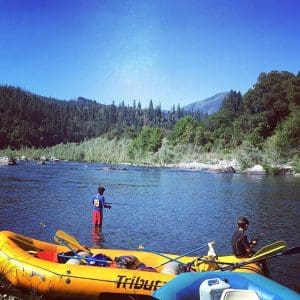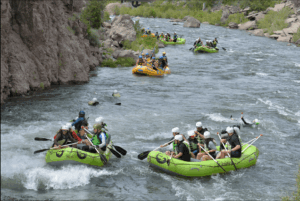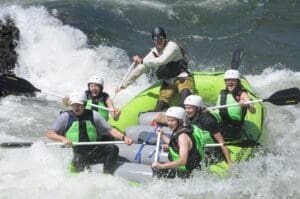The Largest River Restoration Project begins on the Klamath River
The Klamath River stands as one of the most powerful rivers in the United States, draining an expansive area of nearly 16,000 square miles from central Oregon to the Pacific coast. With an average discharge second only to the Sacramento River in California, its 257 miles offer breathtaking scenery, diverse wildlife, and exceptional whitewater rafting opportunities. However, the river’s potential has been hindered by six dams that disrupt its natural flow, causing significant harm to its ecosystem. The turning point is on the horizon, as four of these dams are scheduled for removal, commencing in Summer 2023.
Map of the Klamath Dam Removal Project
image courtesy of www.hydroreview.com
The removal of J.C. Boyle, Copco 1, Copco 2, and Iron Gate dams originated from the Yurok Native American Tribe, the largest tribe in California. For centuries, the Yurok people have depended on salmon, which undertake hundreds of miles of migration up the Klamath River, as their primary food source. However, the dams on the river have severely impacted the salmon population by reducing their habitat (preventing their migration beyond most of the dams), increasing water temperature (causing dangerously warm conditions in shallow reservoirs), and contributing to pollution from upstream agriculture, which relies on the dams for irrigation.
In 2002, a culmination of these factors resulted in an ecological catastrophe known as the Klamath River Fish Kill, during which 34,000 migrating salmon were discovered dead in the river due to a disease affecting their gills.
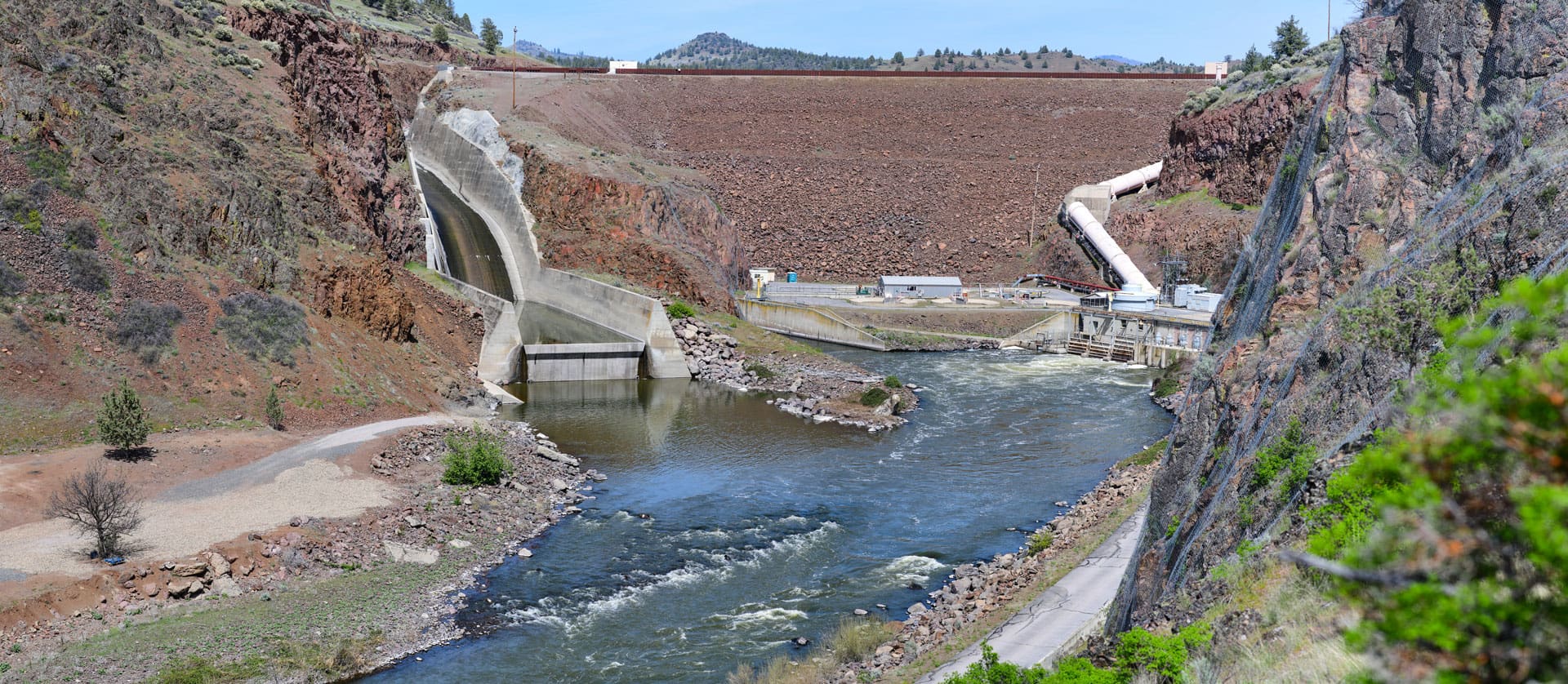
Iron Gate Dam
image courtesy of www.reviewdesigngroup.com
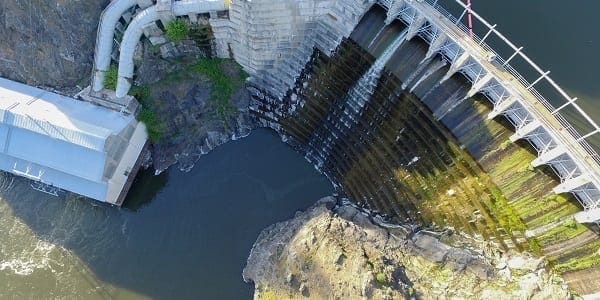
Copco Dam
image courtesy of www.caltrout.org
Fast forward to today, and the Yurok tribe is collaborating with various stakeholders, including fishing groups, irrigators, conservationists, and white water rafting outfitters, who all share a vested interest in the well-being of the Klamath River. After years of political negotiations, in November 2020, the Klamath River Renewal Corporation announced that the Klamath Hydroelectric Settlement Agreement would proceed, leading to the removal of J.C. Boyle, Copco 1, Copco 2, and Iron Gate dams. The planned removal is set to commence in 2023, opening up 234 miles of free-flowing river from Keno Dam to the Pacific Ocean.
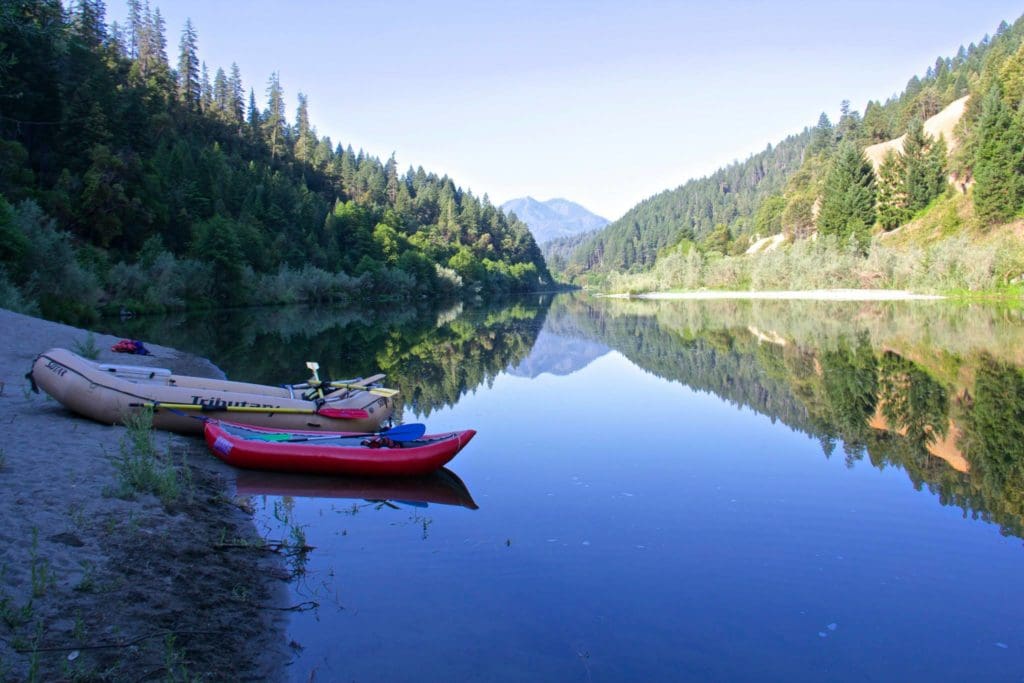
For Tributary and the whitewater community, this will be a great opportunity to run unique single and multi-day rafting trips, ranging in difficulty from Class II to Class IV, on stretches of the Klamath River that have been hidden under reservoirs for nearly 100 years. These new stretches of the river include Big Bend, Wards Canyon, and Iron Gate. The difficulty of most of these runs will only be discovered once the dams are removed, as whitewater recreation did not exist before their construction. Over the past few years, Tributary has worked with fellow rafting outfitters, the KRRC, Yaruk Tribe and American Whitewater to establish mitigation plans for the dam removal and the future navigation of these new sections of the river.
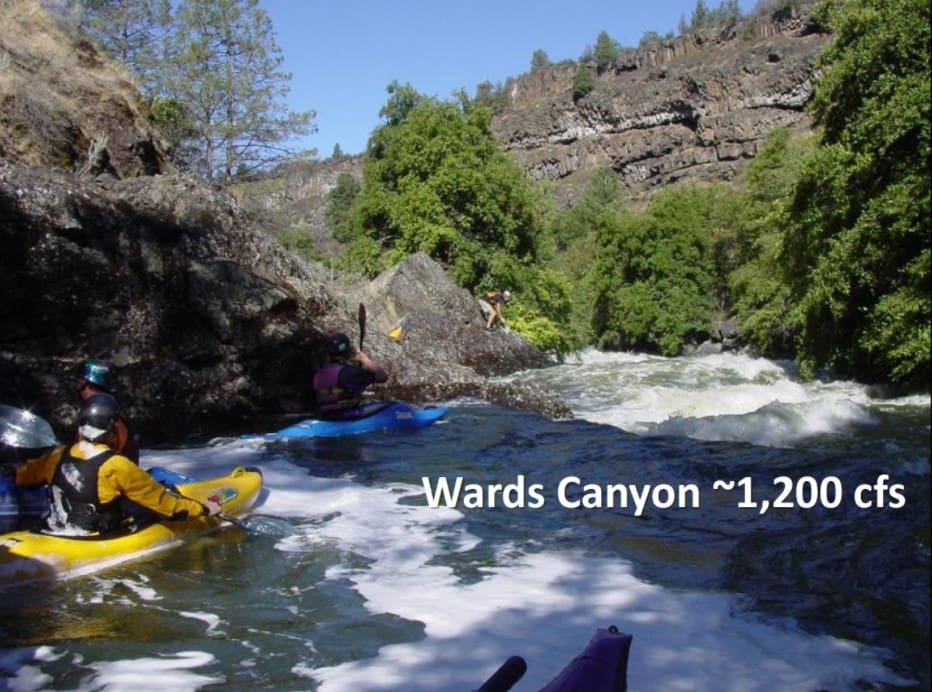
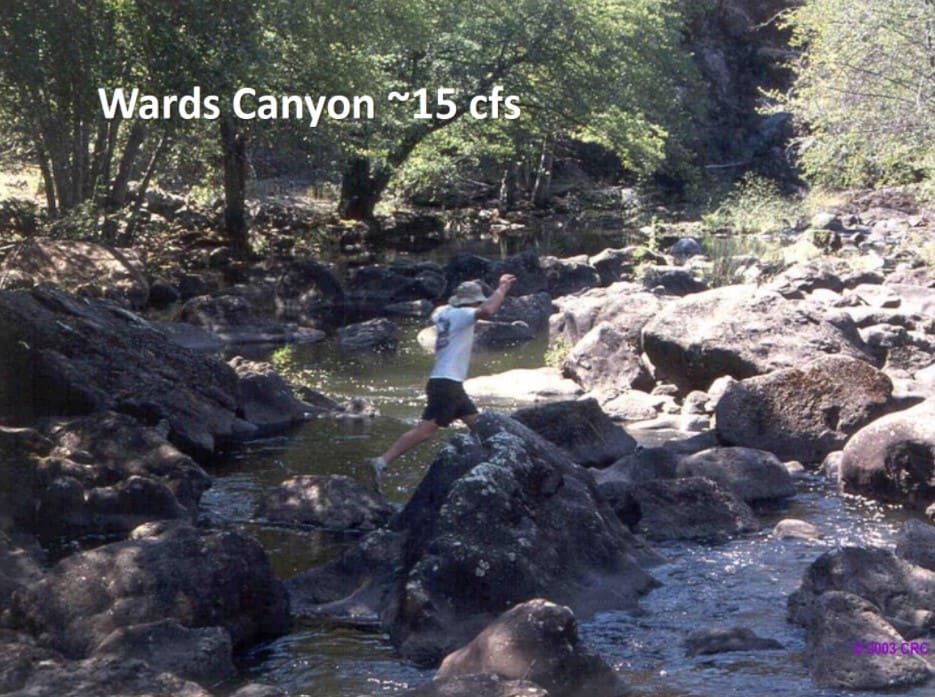
We look forward to sharing Klamath River rafting in the newly rehabilitated Klamath River basin with anyone interested in discovering these “lost” stretches of the river. Keep checking back for more updates on the Klamath dam removal process and opportunities for Klamath River rafting on this unique and exceptional river. Until then, you can check out our exciting single-day Upper Klamath River rafting trips, as well as our three-day wilderness-style Lower Klamath rafting trips. Make the most of it, as this fall will be the last opportunity to raft the Upper Klamath before the dam removal alters the river’s landscape.
Don’t miss out!

